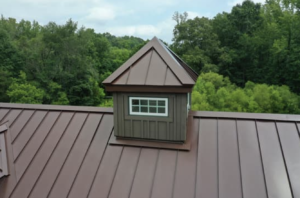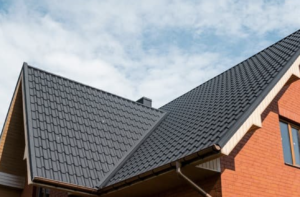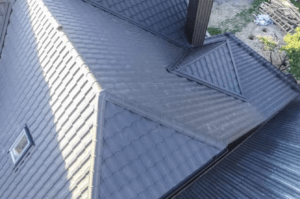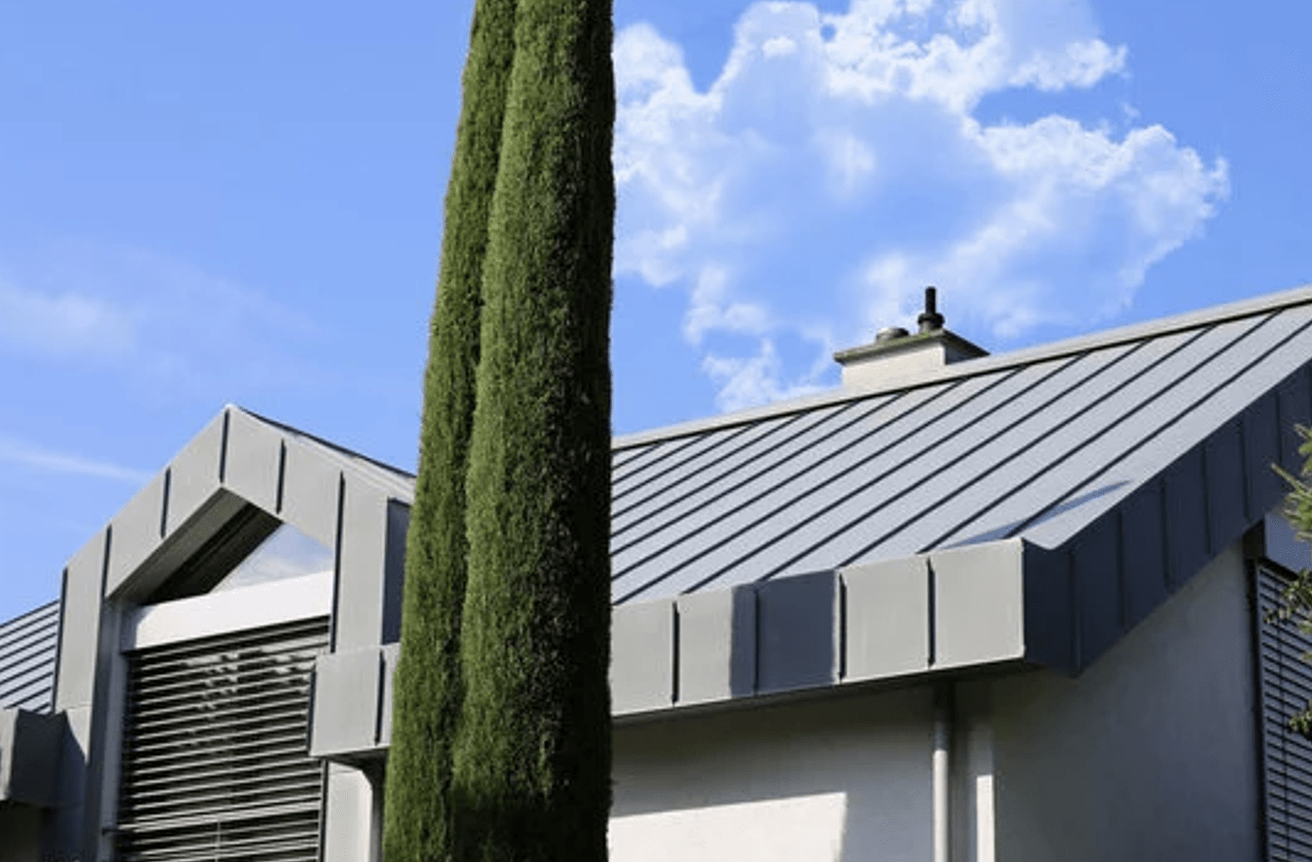Metal Roof Repair in Orlando
Metal roofing: Repairing Tips – A metal roof system has an unmatched lifespan when fitted properly. Experts estimate that composite shingles endure 25 years on average, asphalt shingles 20 years, and wood or other shingles 30 years. On the other hand, tin roofs often endure well over 100 years, while aluminum or steel roofs may easily last 50 years or more.
Many homeowners and business owners are choosing metal roofs. These roofs are strong, durable & help save energy. Therefore, it results in money savings. They are also low-maintenance.
However, no construction material lasts forever, particularly one that must bear the continual pressure of the elements upon a roof. A metal roof needs regular upkeep and repairs, just like any other kind of roofing system. Any roof repair has a chance of success or failure. If repairs are made properly, they may last as long as the roof system itself. If these repairs are carried out improperly, they might fail fast, leaving the owner of the business or residence with a leak that keeps happening. While a persistent leak issue might be annoying, the interior damage and mold development that it can cause are more dangerous. It’s preferable to resolve a coverage problem as soon as possible and appropriately.
1. Unique considerations with metal roofs

Metal roof system repairs might be extremely challenging. Because the patched region may expand and contract at a different pace than the surrounding metal, metal roof repairs are vulnerable to early failure. Due to the pressure created by the two items’ different rates of expansion and contraction, the repair may fracture, break, or fail altogether.
The procedure for patching a hole in a metal roofing system is as follows. If you choose a patch material that matches the kind of metal used on your roof, it should work for practically any type of metal roof.
2. Tools and supplies are needed

The majority of the equipment and supplies you’ll need are available at any home improvement center or hardware store, but some of them could be obtained at a roofing shop that specializes in a range of roofing materials and repair goods.
3. Clean the repair area
First, clean the metal roof surface. A hole in a metal roofing system may be caused by deterioration, rust, or a falling limb. Regardless of the hole’s source, the surrounding region will be unclean and require cleaning.
Use Simple Green or similar cleaner to remove dirt, film, and algae from the metal roof panels. Any cleaning residue will damage the roof.
Use a wire brush to scrape the metal panel after cleaning it. Scraping helps the sealant stick to metal. Wire brushing may destroy the metal panel’s protective covering, causing additional degradation.
4. Measure the repair area and cut a patch

Cut sheet metal to fit the mended area. The sheet metal patch must overhang the panel by at least 2 inches. Round off the sheet metal patch’s edges using a file or sandpaper to avoid snow or ice buildup.
After measuring, lay the patch over the hole. Outline the cover patch with a pencil. Remove the patch and make sure it overlaps the damaged area by at least 2 inches in all directions.
5. Install the repair patch:
Just within the pencil line, apply the matching color urethane sealer to the metal panel. Apply sealant generously so there are no gaps at the patch’s edge.
Patch the damage. All sides of the patch’s front should be sealed. If the sealant isn’t leaking, moisture might penetrate beneath the patch and destroy it. Fill any holes with additional sealant.
Variation: Holes in Raised Roof Seams:
If the hole or roof damage is in a raised seam between panels, fix it using asphalt-impregnated glass membrane cloth. On high seam roofs, it’s crucial that the panels may move along the seams, thus never placing a metal patch over the seam. Instead, patch seam damage using membrane fabric strips. At least 5 cm must overlap the affected region. Apply urethane sealant over the repair strip, then another. Correctly done, the two roof panels may move independently.
6. Attach the patch
Once the repair is in place, fasten it using sheet metal screws. Screw the patch every 7 to 10 cm. Screws should be placed one inch from the patch’s edges to impart consistent pressure to the sealant underneath. Long enough screws must fasten the patch to the cover panel. Never screw through roof panels into the deck or joists.
After applying the repair, reshape any leaking sealant with a putty knife. This ensures that the sealant seals the repair and prevents moisture infiltration.
7. Paint the patch to match the roof
Patches may be painted to match metal roof panels if desired. Brush the metal patch and panel slightly beyond the patch’s borders. Paint the patch and panel. Before applying ink, let the sealant dry. Ensure the paint and sealant are suitable.
Professional Metal Roof repair in Orlando company is ready to help!
Contact us today to meet with an estimator to discuss metal roof options for your home or office in Orlando!
